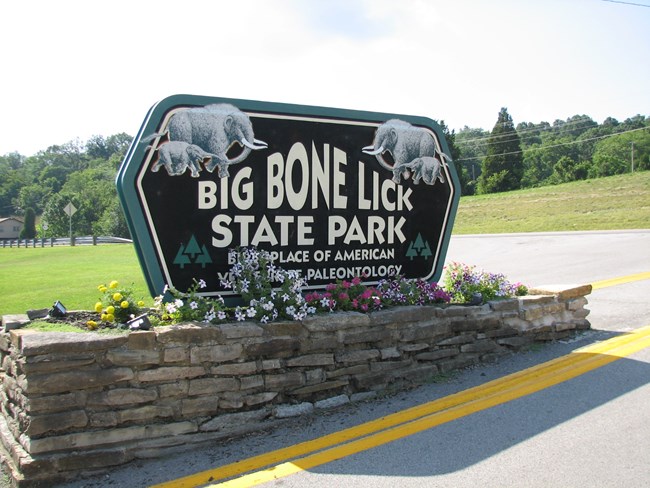Last updated: September 15, 2025
Article
Big Bone Lick

One of the most notable locations is Big Bone Lick, today a Kentucky state park. Located just a few miles east of a bend in the Ohio River, southwest of Cincinnati, Big Bone Lick was a significant source of salt, around sulfur springs, which drew numerous mammals, including mammoths and mastodons, which became trapped in the soft, marshy bog.
Thomas Jefferson, having read about the fossils here, directed Meriwether Lewis to stop and see it for himself, and to meet with Dr. William Goforth, a Cincinnati physician, who had conducted an excavation in May 1803. On October 1, 1803, Lewis sent his men and boats down the Ohio from Cincinnati, while he trekked overland to Big Bone Lick. While at the site, Lewis collected several specimen for the president which he shipped back to Jefferson from Fort Mandan in the spring of 1804. Unfortunately, the boat sank near Natchez, Mississippi and the package never reached the president. The frustrating loss of these fossils partly compelled Jefferson to send William Clark back to Big Bone Lick in 1807 to oversee a three-week excavation which yielded nearly 300 bones that he successfully shipped back to the President’s House. Because the president shared these specimen with others, including the American Philosophical Society, Big Bone Lick became known as the “birthplace of American Vertebrate Paleontology.”
On September 2, 2024, Big Bone Lick Site was designated a National Historic Landmark.
Big Bone Lick State Historic Site is about 10 miles southwest of Union, Kentucky. The park is open during daylight hours every day; there is no admission fee to the park or visitor center.
Photo: Creative Commons, 2.0/ Mattguyver
